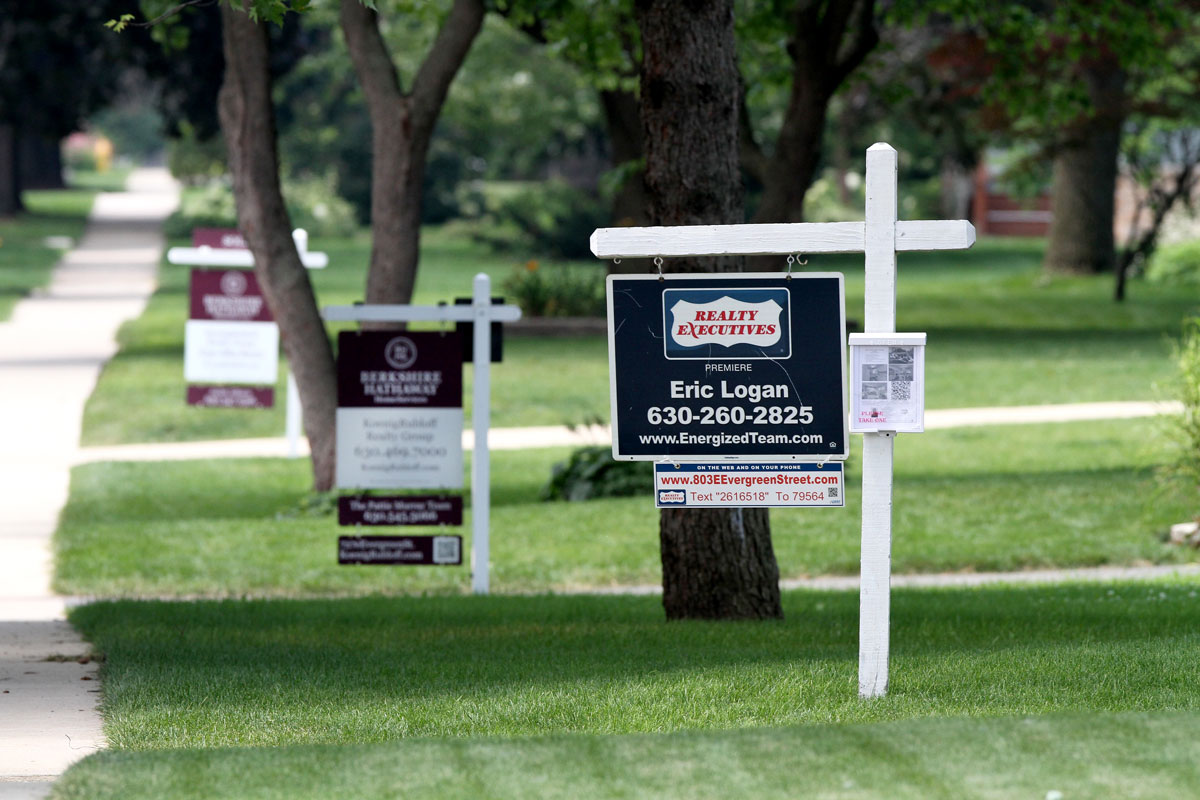A significant change to mortgage rules that regulate the way home loans are administered is coming down the pike. Taking effect Saturday Oct. 3, these new rules are being hailed as a boon for transparency in the mortgage procurement and closing processes.
It begins with the Loan Estimate, a new form which includes interest rates and expected future changes, lender and third-party service fees, and estimated closing costs. This replaces the decades-old Good Faith Estimate and Truth-in-Lending disclosure given at the time of a loan application. Institutions varied in the amount of time they’d give an applicant to accept an estimate before retracting their offer, according to Bob Kelly, a home loans executive at Bank of America. Often it was just 24 hours.
Now there’s a 10-day grace period for borrowers to shop other options. This can include loans of different lengths (15- or 30-year mortgages) and rates (fixed or adjustable). It’s like collecting quotes on roof work, or, more to the point, a new car payment plan.
“One of the key elements of these rule changes is in timing,” says Chicago real estate lawyer Elizabeth Santis. “A day or two out, buyers would phone me still wondering what their closing costs would be. Sometimes [those costs] wouldn’t be known until the buyer was at the closing table.” Not knowing your end costs or facing an unexpected last-minute spike can torment buyers, particularly first-timers.
The other new “Know Before You Owe” form is a Closing Disclosure, which replaces the HUD-1 Settlement Statement and final Truth-in-Lending form issued at closing. It states final costs for buyer and seller, discloses for the first time how much is paid to each real estate agent, and has to be in the buyer’s hands no less than three days before closing. If it isn’t, or if any costs are changed within three days of closing, the period resets and the closing is bumped. By comparing the two forms, buyers know if they’re being nickel-and-dimed and know exactly how much money to bring to the closing table. For user sanity, the first pages of the Loan Estimate and Closing Disclosure match. Here, check it out.
“There’s zero tolerance for changes to closing fees that are out of a buyer’s control,” says Santis, “and other fees that buyers can shop for may increase by no more than 10 percent.”
An example of the former is the lender’s appraisal fee. There’s nothing you can do to influence that expense, even though it’s passed right on to you. As for the latter fees which are capped at ten percent, consider the attorney's fee. Say it was initially $750. It can climb to $825 at most. According to Kelly, there were thresholds on fee hikes previously but what they were wasn’t always so clear.
There are, or course, costs that are not fee, such as taxes and insurance, or extra mortgage interest incurred by delaying a closing.
Closing agents at title companies had previously been the ones to draw up closing documents and input final fees. Now lenders will, since accountability has transferred to them.
“We’re focused on communicating the changes to borrowers,” Kelly adds. “There’s a lot of noise around the three-day period from some customers who just want to close when they’re ready to close. But there’s a new consistency to the process for everyone. From a buyer perspective, things need to happen earlier in the process to stave of delays as closing nears.” For instance, do your final walkthrough a week or more before closing, not the night before. This way any surprise repairs can be dealt with away from the table and before the Closing Disclosure is issued. And don’t just track your progress toward a home purchase, know the seller’s status too.
The National Association of Realtors has advised its members to extend contracts by 15 days, a sign that hiccups are expected in the early going as all parties work to adapt to the new process.
It would be callous to indict the old forms and procedures in the mortgage crisis, that landslide of short sales and foreclosure. There were far worse villains. But the general opaqueness didn’t help. Low down payments and the rush to buy are gone, along with much of the equity of the middle class. It’s rebuilding time, and this is a hopeful step.



